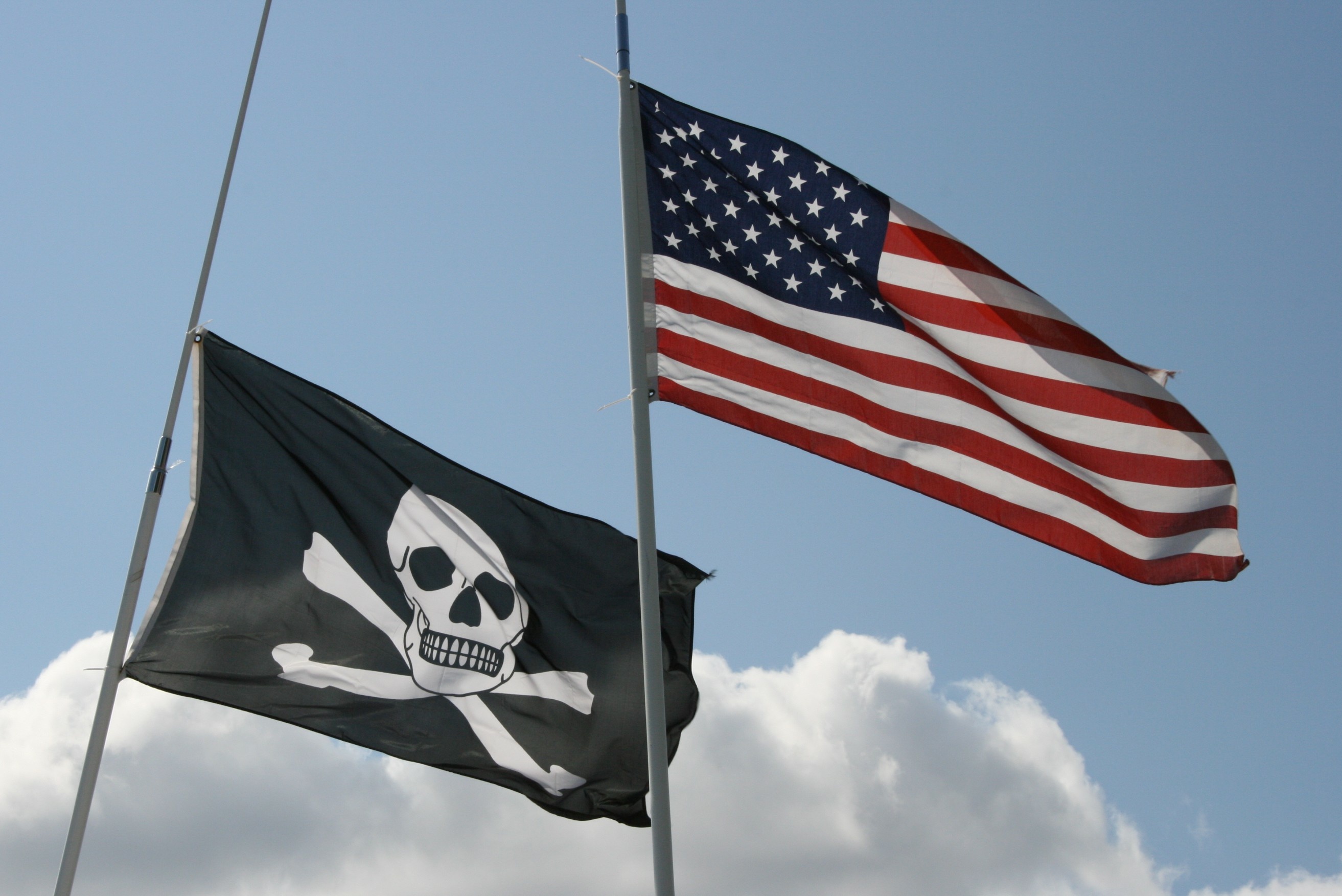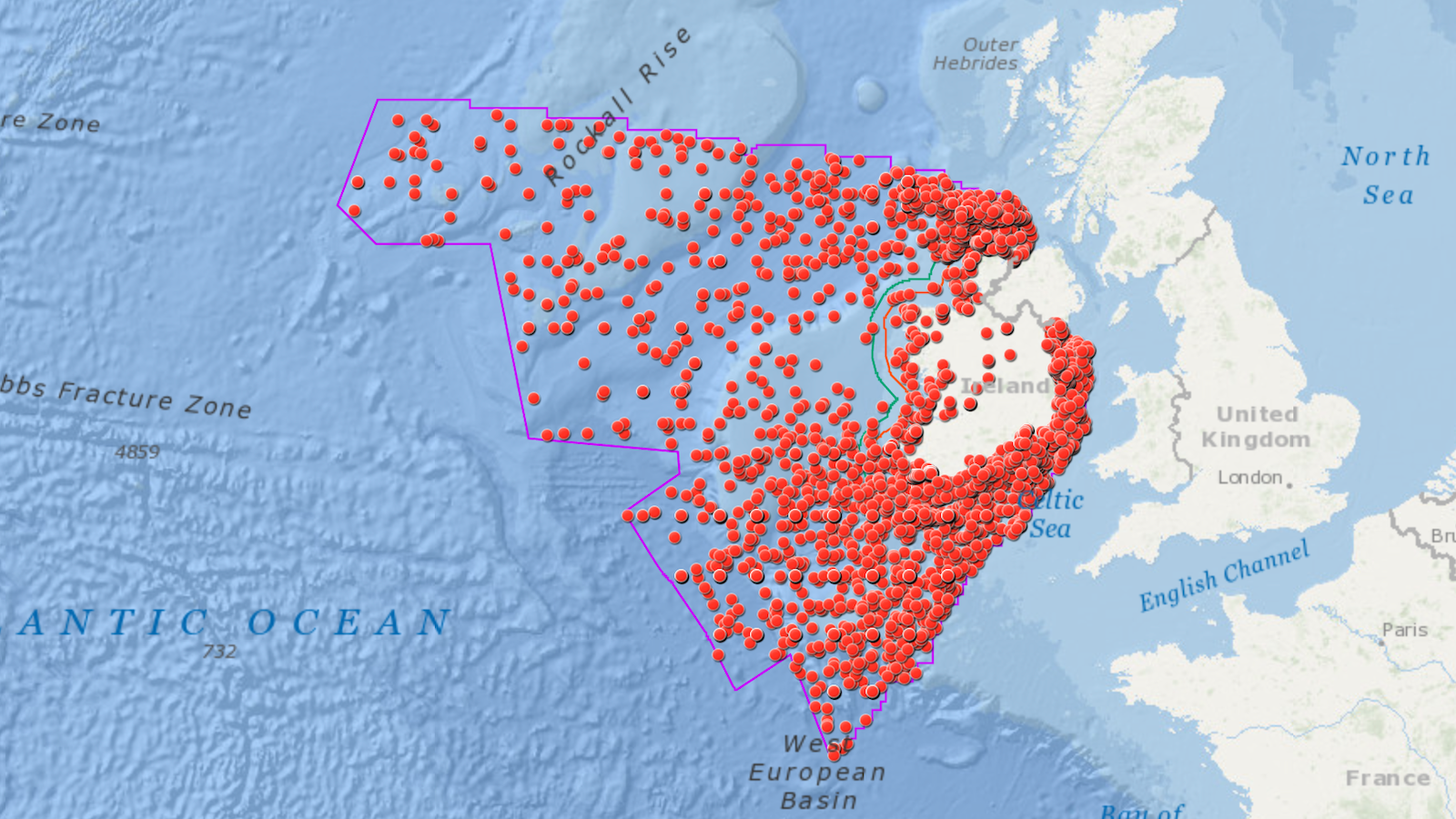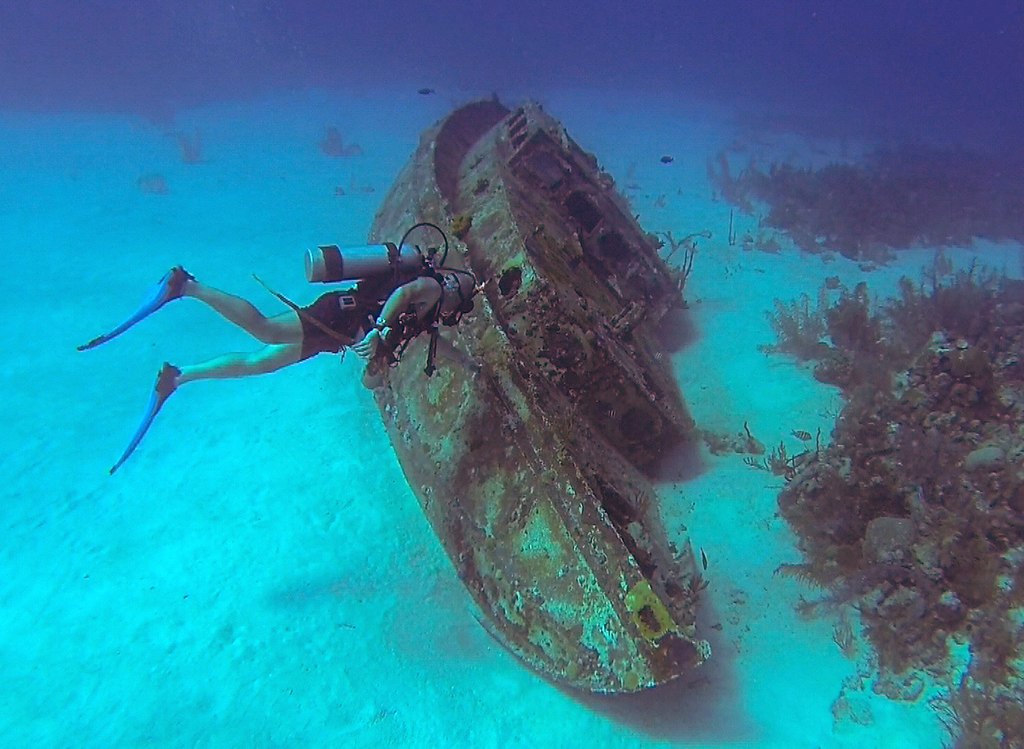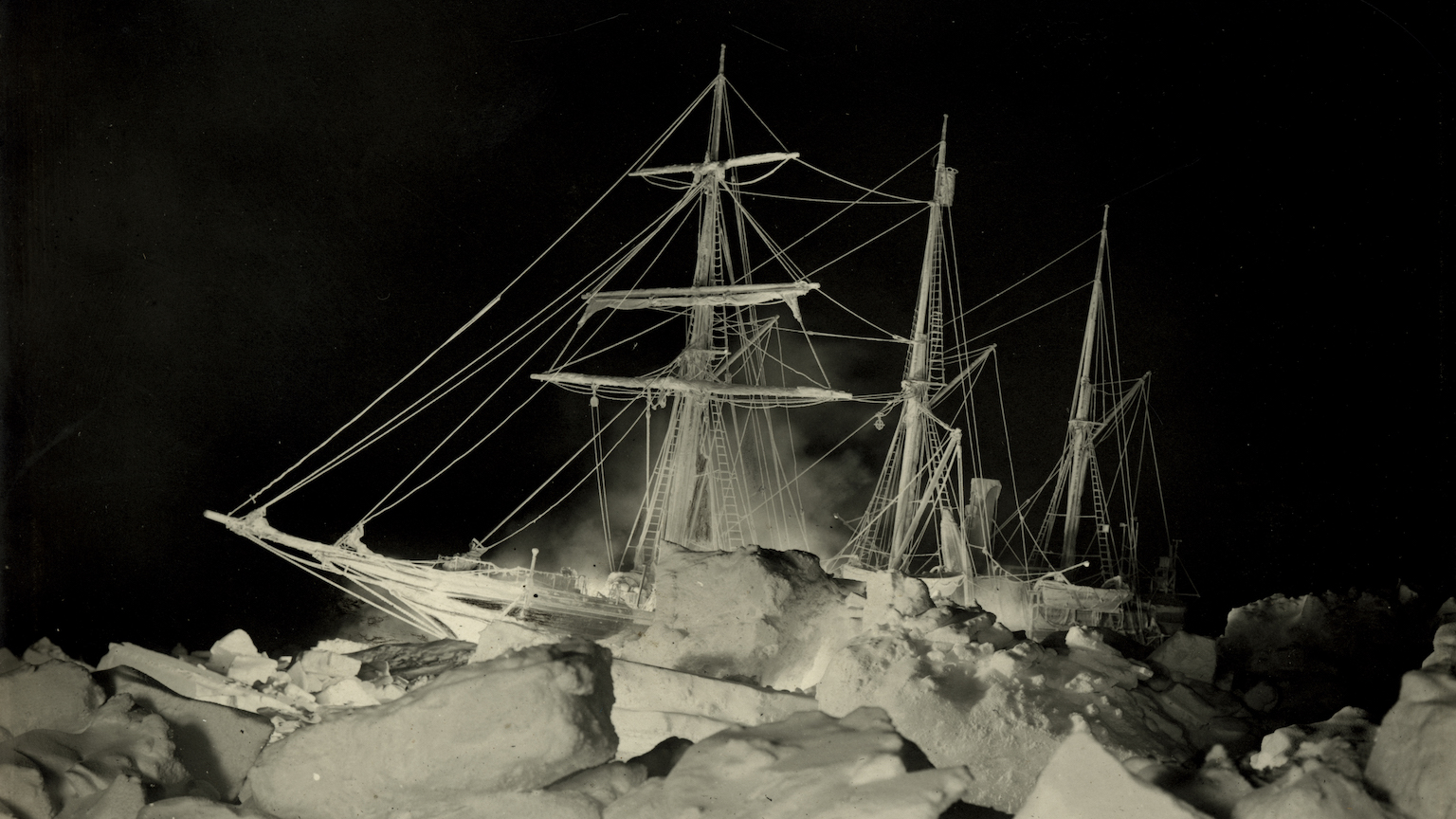San José: Human greed keeps the “holy grail” of shipwrecks on the ocean floor

- Three centuries ago, the English ambushed a Spanish treasure fleet off Cartagena, Colombia.
- During the action the San José, carrying billions of (2022) dollars’ worth of gold, was lost.
- Governments, politicians, tribes, and private ventures have fought for control of the treasure in courts across the world for decades. Vivid new video of doubloons on the sea floor resurfaces the battle over the treasure.
The opportunity to seize a great trove of treasure seems to bring out the worst in us: folly, greed, and treachery. The case of a Spanish galleon carrying a staggering bounty of gold illustrates these shortcomings. During a pitched battle, the entire fortune was lost to both sides, going down with the ship. Its modern discovery has provoked treachery from those who lusted for it, and the disposition of the riches continues to elicit the greed of parties across the globe. For more than 300 years, the San José has led men to misadventure.
The story of the San José
The story begins with a disastrous naval event off the Colombian port of Cartagena on June 8, 1708. Accounts of this battle are somewhat sparse, but modern scholars have pieced together some of the details. A Spanish treasure fleet was forming in the Caribbean Sea, preparing for the voyage to bring riches home to their king, Philip V.
The Spanish treasure fleet was a trade convoy that periodically circulated between Spain and its territories in the New World. One of these flotillas set sail from Spain and arrived in Cartagena in 1706. It carried goods to be exchanged with traders from the Viceroyalty of Peru at a planned fair in Portobelo, on the east coast of Panama. Lack of enthusiasm among the Peruvian merchants, likely due to an arduous journey under threat of attack by the English, delayed the event for more than a year. In May 1708, a fair was finally held and the Spaniards collected millions of reales (current dollar value in the billions) of gold, silver, jewels, and other valuables.
Laden with the treasure from Portobelo, the Spanish set out for Cartagena. This was to be their final stop before sailing to Havana, where they would rendezvous with the remainder of the fleet and further escorts led by a French privateer. The combined fleet would then attempt the Atlantic crossing ahead of the hurricane season. The bulk of the gold was loaded onto one of the two largest and most powerful ships, the San José. A substantial fraction was stashed on the other, San Joaquin, and a trace amount of treasure was put aboard the smaller Santa Cruz. The three warships were accompanied by roughly a dozen merchant ships, mostly unarmed, and a ragtag group of smaller armed escorts including a privateer and a large hulk.
A fateful night
The Spanish were nearing Cartagena on June 8 when they were intercepted by English commander Charles Wager, who had been patrolling for months, waiting for their arrival. Wager’s force consisted of four powerful warships and a fire ship. The two sides spotted one another and lined up for battle. The two largest ships, the San José and Wager’s Expedition squared off, while the English Kingston faced San Joaquin. The battle heated up around nightfall. In the subsequent chaos, fortune soured for both forces.
The San Joaquin slipped away in the night and the English lost her entirely. They found her again in the morning, but she successfully evaded capture to arrive in Cartagena, treasure intact. The less valuable merchant vessels in the convoy also made it to port. In the small hours of the morning, the English captured the Santa Cruz. The Spanish hulk was beached and burned to avoid capture.
The engagement of the San José was the centerpiece of the battle. She traded cannon fire with the Expedition for over an hour. The English ship closed, with the intention of boarding. Reports of what happened next are somewhat incoherent. Many surviving witnesses agreed that the Spanish ship caught fire. Few of them reported an explosion, however the San José sank so suddenly and rapidly that nearly all 600 men aboard went down with her. The survivors remembered only being on the ship one moment and in the water the next. Every ounce of gold was lost to the deep.
The only British prize from the battle was the Santa Cruz, which turned out to contain a few (silver) pieces of eight, but no gold doubloons. While the British had starved the Spanish King, they had failed to enrich their own. The captains of the Kingston and Portland were later court-martialed for allowing the intact treasure ship San Joaquin to escape. Remarkably, the outcome of Wager’s Action could be regarded as a disastrous loss by both sides.
The hunt for San José
For centuries, the sunken horde of gold, silver, and emeralds passed into legend, the “holy grail of shipwrecks.” Lying in about 3,000 feet of water, it was inaccessible until submersible technology matured in the 20th century. A private group of U.S. investors financed the first modern effort to locate the San José in 1980. Sea Search Armada (SSA) was given permission to search in Colombian waters. One year later, they claimed to locate the wreck.
SSA approached the Colombian government with an offer to split the prize. The Colombian government initially agreed to divide the treasure, keeping 65% and giving 35% to the explorers. However, they refused to allow SSA to perform salvage. The nation’s parliament then reneged on the deal and passed a law giving itself 97.25% of the rewards. SSA sued in Colombian court and won a 50-50 split, but the Colombian government refused to follow the ruling of its own court. SSA then sued in a U.S. District of Columbia court and lost. The SSA group found only heartbreak in the entire venture: None of its investors will see a penny recovered.
In 2015, a group of Woods Hole Oceanographic Institute researchers and their robot submarine REMUS 6000, working with an international team aboard a Colombian ship, located the wreck. Colombia’s President announced the discovery in 2015. Woods Hole wasn’t allowed to release the further detail that it was involved until 2018.
The debate reignites
New video and still image captures of the wreck released this month hint at the wealth of artifacts still lying on the seafloor. Piles of gold coins and trinkets twinkle under a light cover of sand. A field of fine Chinese porcelain cups still display their crisp blue ornamental patterns. Bronze cannons and clay vessels lay atop further mounds of riches, as yet unknown.
The current President of Colombia has issued a statement about protecting and preserving the treasure. Despite these lofty words, just days earlier, the Colombian government officially deserted their previous agreements for the recovery, which they described as a loot or ransom.
Several parties have already lined up to try to get their hands on the booty that eventually may be recovered. Shortly after the 2015 announcement, the Spanish government claimed the rights to the sunken ship. Apparently, this claim holds some water, but since the wreck lies in Colombia’s territorial waters, Colombia’s rights trump Spain’s. Parts of the Colombian government have asserted regulatory control over the wreck and the treasure. Other parts of the Colombian government have stated that recovered items that don’t fall under cultural heritage should be given to the national bank. The Qhara Qhara and other descendants of pre-Spanish peoples have demanded a share, based upon the claim that their ancestors were forced to mine the metal for the treasure.
More than three centuries after the disastrous loss of San José’s gold, none has been recovered. Instead, all we have is human avarice.





